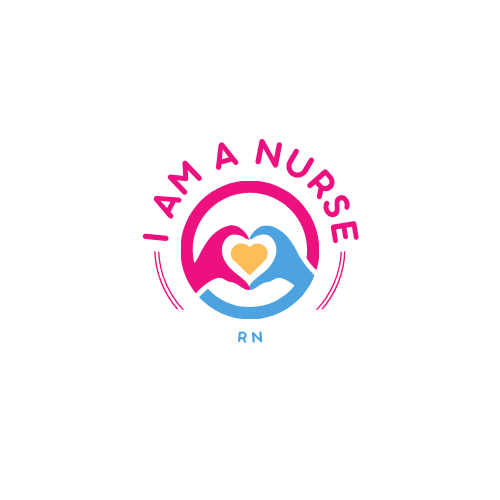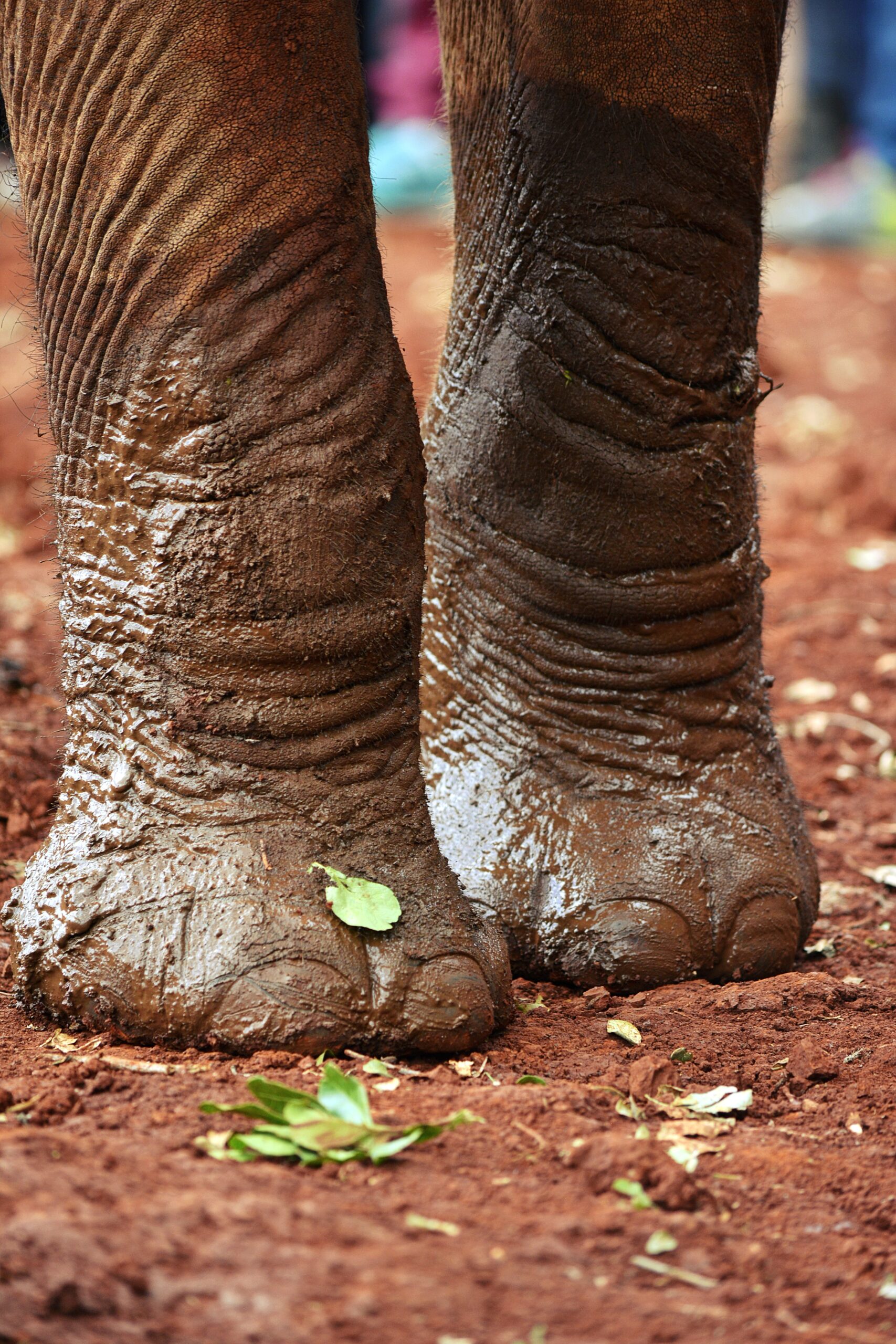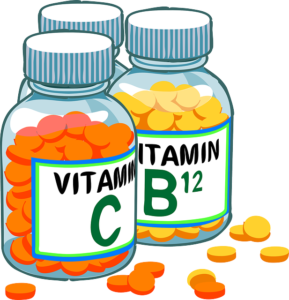Welcome to the battle against lymphatic filariasis! In this blog post, we will dive deep into both the progress and challenges we face in combating this debilitating disease. Whether you’re a healthcare professional, a global health enthusiast, or simply someone curious about the fight against neglected tropical diseases, this post is for you. Get ready to explore the latest advancements, potential solutions, and the collective efforts required to overcome lymphatic filariasis. Join us on this journey as we shed light on this urgent public health issue and make a difference together.
Elephantiasis, medically referred to as lymphatic filariasis, stands as a frequently underestimated tropical ailment. It is conveyed to humans by mosquitoes, generally taking hold during childhood. This affliction clandestinely impairs the lymphatic system.
The apparent indicators of the condition, including lymphedema, elephantiasis, and enlargement of the scrotum, manifest in later years and can induce intense agony and lasting incapacitation. Those grappling with these manifestations encounter not only physical constraints but also confront mental, societal, and economic adversities, culminating in social stigma and impoverishment.
Vital Information:
Lymphatic filariasis adversely affects the lymphatic system, potentially causing abnormal enlargement of body parts, resulting in pain, profound disability, and societal discrimination.
Across 44 countries, a staggering 882 million individuals confront an ongoing threat from lymphatic filariasis, necessitating preventive chemotherapy to halt the propagation of this parasitic ailment.
To thwart the transmission of this parasitic infection, lymphatic filariasis can be eradicated through preemptive chemotherapy utilizing safe medication combinations, administered on an annual basis. A collective total exceeding 9 billion treatments have been dispensed since the year 2000 to curb the infection’s dissemination.
In 2018, the infection afflicted 51 million individuals, marking a noteworthy 74% reduction from the commencement of the World Health Organization’s (WHO) Global Programme to Eradicate Lymphatic Filariasis in 2000.
Thanks to the triumphant execution of WHO’s methodologies, a remarkable 740 million people are no longer in need of preventative chemotherapy.
A fundamental and endorsed care package holds the potential to alleviate suffering and avert progressive disability for those grappling with afflictions stemming from lymphatic filariasis.
Progress Toward Eradicating Lymphatic Filariasis in India
In 1997, the World Health Organization (WHO) and its member nations pledged to eliminate Lymphatic Filariasis (LF) as a pressing public health concern by 2020, as per the World Health Assembly Resolution WHA 50.29. The National Health Policy of 2002 set the ambitious objective of eliminating Lymphatic Filariasis in India by 2015, which was later extended to 2021. This led to the establishment of the Global Alliance to Eliminate Lymphatic Filariasis (GAELF) in the year 2000.
To achieve this goal, a two-pronged strategy was adopted, involving Mass Drug Administration (MDA) to halt transmission, preventing new cases, and Morbidity Management and Disability Prevention (MMDP) to cater to those already afflicted by the disease.
Mass Drug Administration (MDA)
The MDA initiative was launched as a mass campaign in 2004.
Initially, it utilized a single dose of DEC (diethylcarbamazine) exclusively.
By 2007, the approach evolved to include the co-administration of DEC and Albendazole.
In 2018, a more potent Triple Drug Therapy (IDA) was introduced, combining DEC, Albendazole, and Ivermectin. This was initially piloted in five selected districts. With the elimination target drawing closer, the focus is shifting to include all remaining districts yet to achieve elimination under the IDA regimen.
Strides and Attainment
In the pursuit of their objectives, the Government of India initiated a nationwide Mass Drug Administration (MDA) campaign in 2004, focusing on endemic areas, while concurrently introducing home-based morbidity management and expanding hydrocelectomy procedures in hospitals and CHCs.
Initially, in 2004, a mere 202 districts achieved coverage, with a rate of 72.6%. This coverage scale was subsequently increased, encompassing all 250 (now 256 due to division) recognized LF endemic districts in 2007. Presently, 257 districts (including one added in 2019) are under MDA, catering to approximately 650 million individuals at risk of Lymphatic Filariasis in the country. Among these, around 500 million people are eligible for MDA.
The Accelerated Plan, incorporating the potent Triple Drug Therapy (IDA), was unveiled during the Global Alliance for the Elimination of Lymphatic Filariasis (GAELF) meeting from June 13th to 15th, 2018, by the Hon’ble Union Health Minister and the Hon’ble Minister of State. A meeting was held in New Delhi to disseminate the Accelerated Plan for the Elimination of Lymphatic Filariasis and review program progress.
Over the years, population coverage during MDA has improved significantly, rising from 73% in 2004 to 87.33% in 2019 (Provisional).
MDA has been executed in 151 districts in 2019. The Ministry of Health and Family Welfare approved the implementation of the Triple Drug Therapy (IDA) program in select five districts: Arwal (Bihar), Simdega (Jharkhand), Varanasi (Uttar Pradesh), Nagpur (Maharashtra), and Yadgir (Karnataka). This approach was successfully implemented in these districts. Additionally, eleven more districts in Uttar Pradesh implemented IDA in December 2019. Tapi district in Gujarat commenced IDA implementation in January 2020.
Furthermore, eleven additional districts in Uttar Pradesh introduced IDA in December 2019. The second round of IDA was conducted in Arwal district in Bihar on 7th 2019, and Tapi district in Gujarat adopted IDA in January 2020.
In-depth social mobilization during MDA was orchestrated by various States/UTs, engaging political and opinion leaders, decision-makers, local influencers, and communities.
For heightened advocacy, the United to Eliminate Lymphatic Filariasis National Symposium was held on October 30th, 2019, at the Pravasi Bharatiya Kendra in New Delhi. The event was inaugurated by the Hon’ble Union Health Minister.


